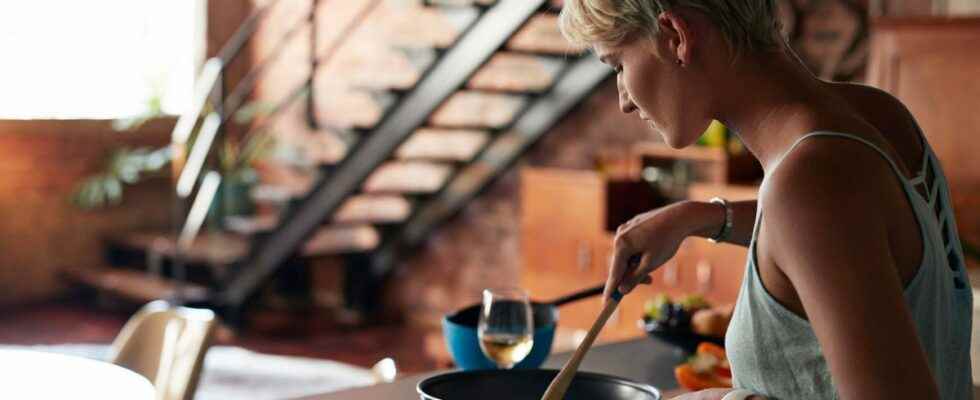Published on
Updated
Reading 1 min.
Are you looking to save energy when cooking? There is a simple method for this: passive cooking. We explain to you what it consists of.
As we have just switched to winter time and the mercury is starting to drop, tips for saving money when cooking are starting to invade the web again. Among them, passive cooking which is very successful.
Inspired by the concept of passive housing, this very simple method consists of bringing water to a boil in a saucepan or sauté pan, then putting food in it. Leave to cook for a few minutes and turn off the heat or the electric plate, while leaving the container on the heat source so that the food continues to cook. A trick that works particularly well with pasta. This is also the reason why the Italian scientist Giorgio Parisi, Nobel Prize in Physics in 2021, recently brought it up to date. Far from going unnoticed, this idea drew the wrath of his Italian compatriots. So much so that the media called the case “Pasta Gate”.
NO to diets, YES to WW!
Rice, pasta, vegetables… use passive cooking!
However, the controversy did not frighten Barilla. Since October, the famous Italian brand has offered a “passive cooking” guide on the back of its packaging, indicating the exact cooking time for each product. But the method does not only apply to pasta. Indeed, it also works with rice, vegetables or even lentils, even if the cooking times can be longer than with pasta.
Passive cooking is also very close to the technique of the Norwegian pot. Invented in Norway at the end of the 19th century, it consists of cooking with a cooking utensil, then removing it from the heat after a few minutes and placing it in an insulated box, thus allowing the food to simmer for several hours. Know that you can make your own cooking pot: for example, using a box lined with straw or a box covered with a textile material.
